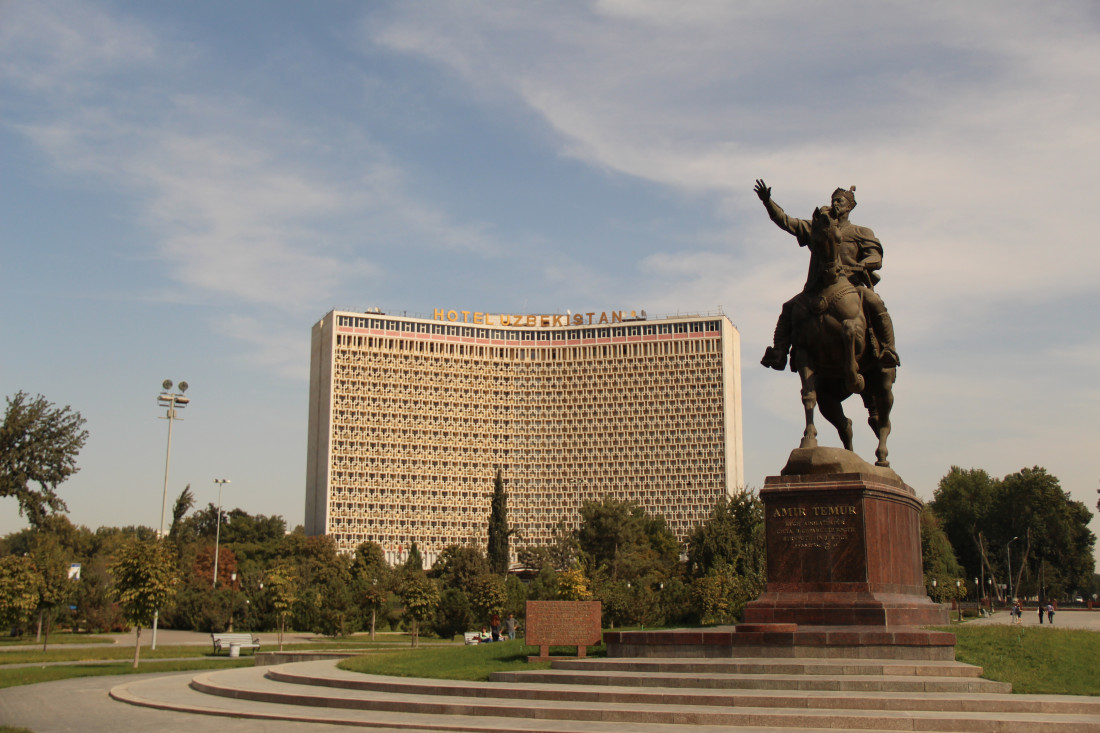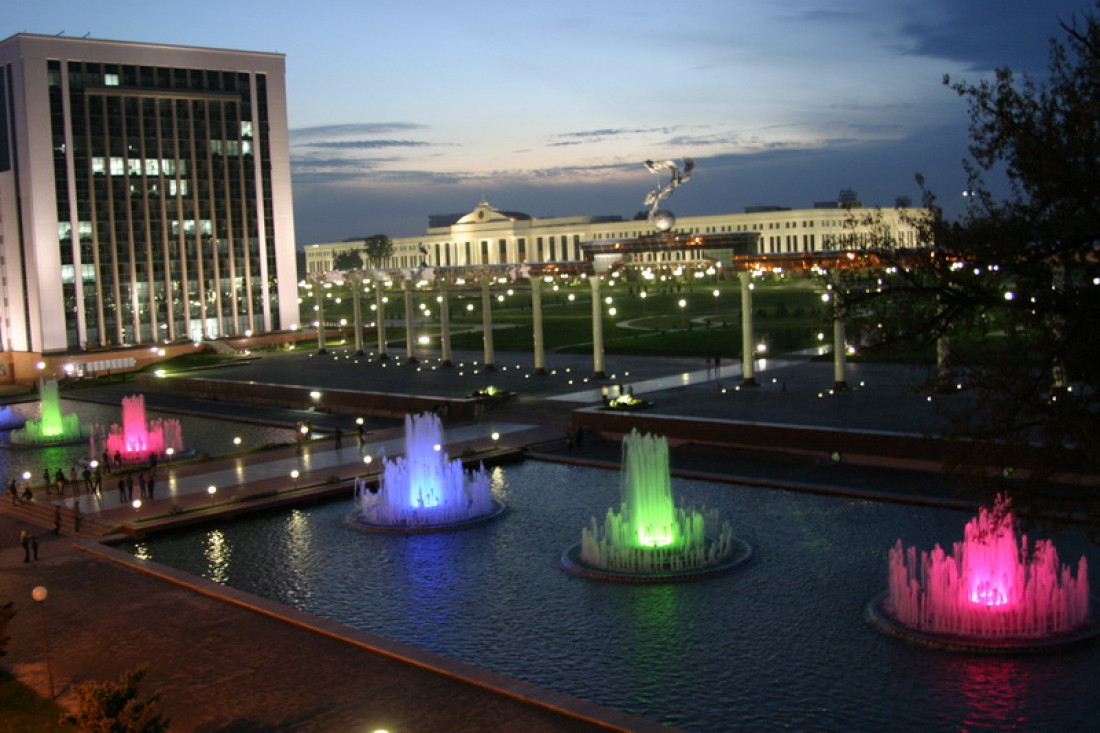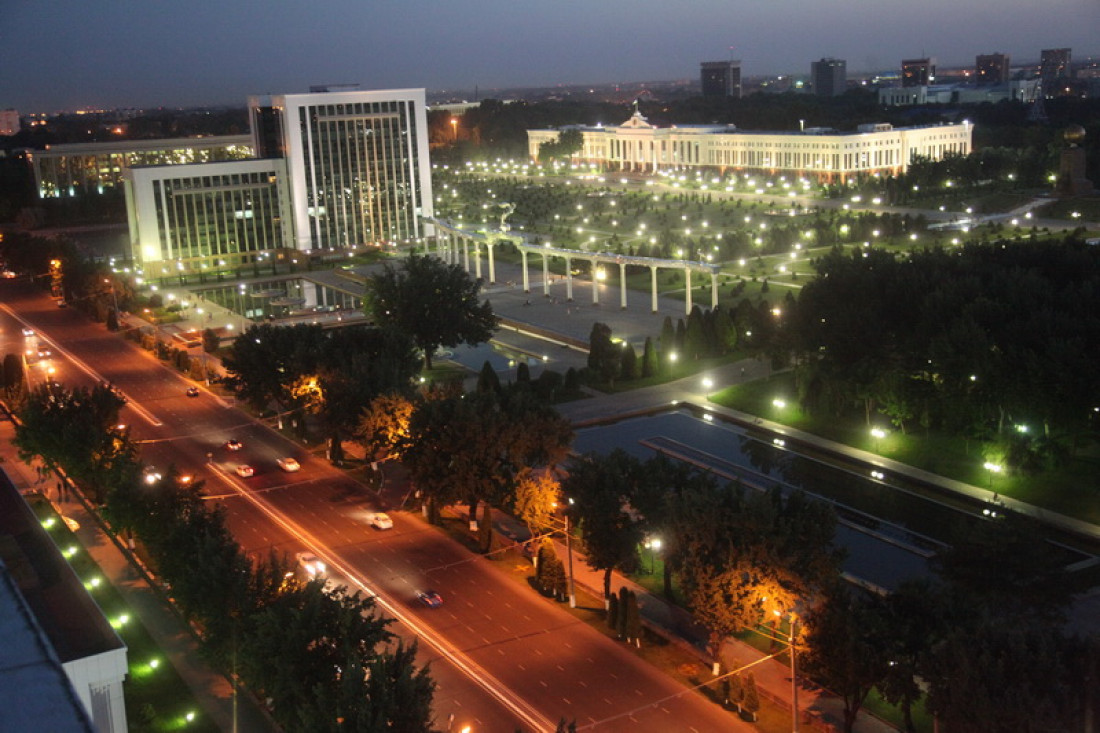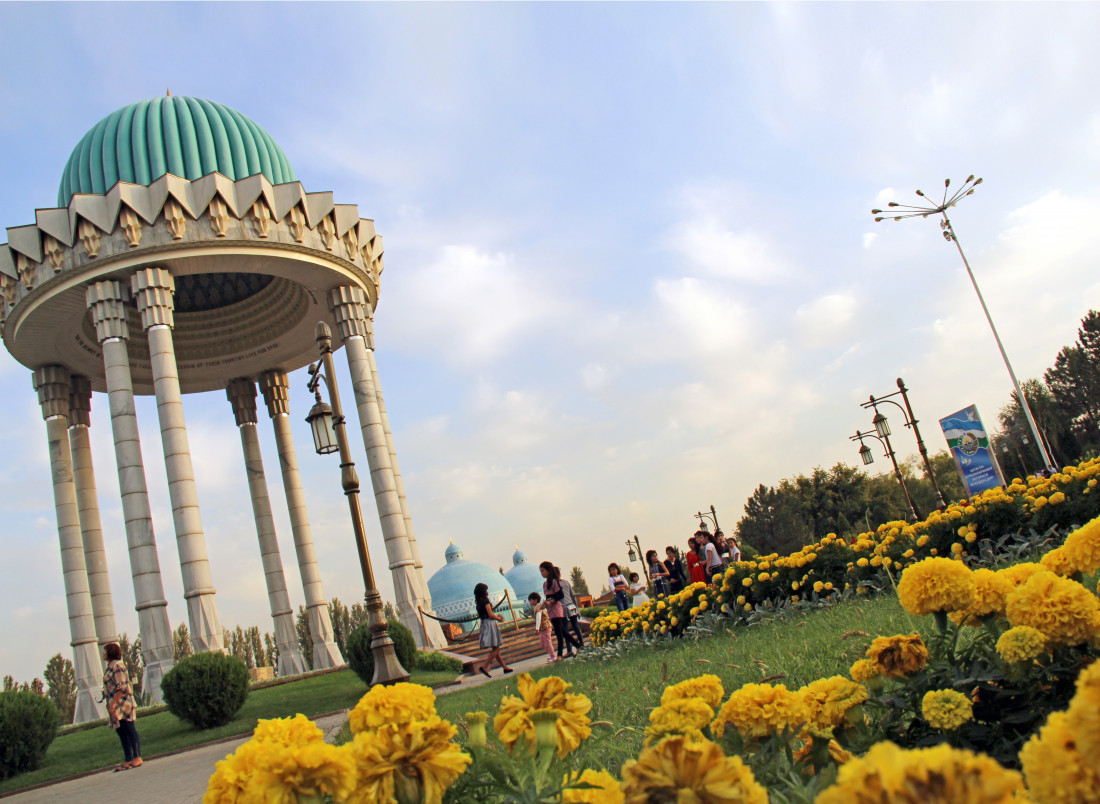History of Tashkent
Tashkent is the capital of Uzbekistan and the largest city in Central Asia. Tashkent, like many cities in Uzbekistan, is an ancient city. Its age is more than 2000 years. In written sources, the history of Tashkent dates back to the ancient times. According to the local pronunciation, the place was called “Chach”. The main city was called Chacha, i.e., Chachkent or Shashkent. Subsequently, the meaning of the word changed and turned into its consonance – Tashkent.

Around the end of the II – beginning of I century BC, the Chinese chronicles mentioned the city as Uni. The scientists believe that Uni was located on the territory of modern Tashkent.
In the VI-VII centuries AD, the territory of Tashkent was the part of the Chach State, and Turkic governors lived here. In 713, the first Arab troops entered Shash. The conquest failed, and after that, the Maliks had ruled Shash for decades. Only in the year 751, after a big battle between the Arabs and the Chinese, who also tried to seize Shash, the Arabs consolidated their victory. One unique monument has been survived in Tashkent from that period – Khast Imam Ensemble.

The city became a trade and craft centre by the IX-X centuries. The citadel and the inner city – Shakhristan were located on the hills. Now it is the centre of the old “Chorchu” bazaar. A palace and a prison were located beyond the walls of the citadel. The part of the tower of the ancient citadel wall could be seen near the Tashkent Circus until recently. Some gates of the citadel led into the suburbs - Rabad, others – towards Shakhristan. The latter was surrounded by a separate wall and had three gates.
In 1220, the Mongols led by Genghis Khan conquered Central Asia. During the Mongol conquest, the Mongols and the new masses of Turkic nomads mixed with the local population.

Between the end of the XIV and the beginning of XV centuries, Tashkent was very often mentioned in the description of the struggle, because of which the state of Amir Temur first developed and then fell apart. Some of the survived architectural monuments in Tashkent are associated with this era, for example, the buildings complex of near the Shaykhantaur Mazar. Among them is Yunus Khan Mausoleum that is interesting for its carved, stone half-columns in the interior.
At the beginning of the XVI century, Tashkent became the part of the Sheibanids State. In the second half of the XVI th century, Abdullah Khan of Bukhara began the siege of Tashkent and captured it. In 1723, Tashkent was subordinated to the Kalmyks.

In the second half of the XVIII century, the city began to recognize the authority of Bukhara again. During this period, Tashkent was divided into four parts. One of the city’s mayor, Yunus, began the battle with other mayors and seized the power. Under Yunus’ rule, a city wall surrounded Tashkent, because the city had to withstand constantly the struggle with the Kokand Khanate. Nevertheless, in 1810, Tashkent was taken, first by the Kokand Khanate, and then in 1865 – by Russian troops.
At the beginning of the XX century, the city began to change – the so-called “New City” was built. Tashkent was divided into two parts – the old city and the new one. However, by 1940, according to the project, it was supposed to unite the two parts of the city. As a result of the reconstruction, a compact territory with developed infrastructure was obtained. The city was landscaped, impressive architectural structures, squares, parks, which can be seen to this day, were built.

In recent years, Tashkent has experienced renewal and reconstruction. Today’s Tashkent is a modern industrial and economic metropolis, but with elements of the ancient and rich history.
Leave a comment
By logging in, you agree to the processing personal data
See also
Workhours: 9:00-18:00, Mn-Fr
For any questions
Uzbekistan


 UZB
UZB RUS
RUS JPN
JPN ARA
ARA FRA
FRA CN
CN DE
DE POR
POR ESP
ESP TUR
TUR ITA
ITA HIN
HIN MAL
MAL
A comment
Спасибо большое, очень информативная статья